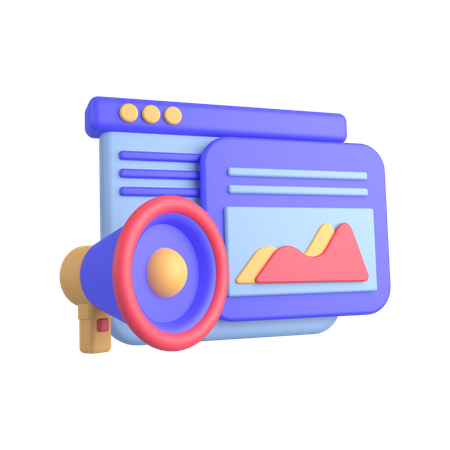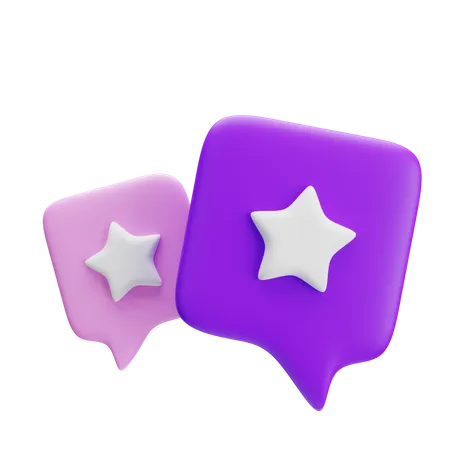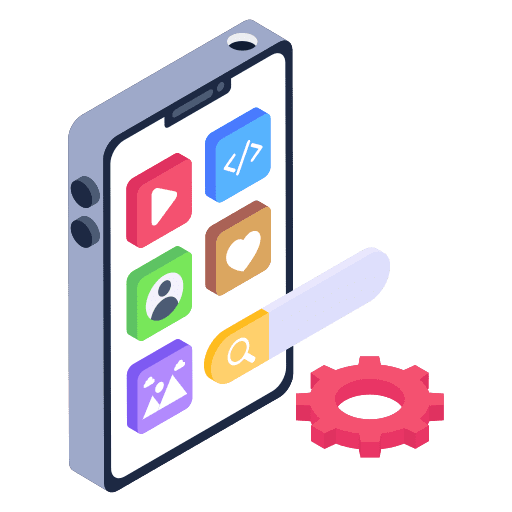contact@infotech.in
We are creative, ambitious and ready for challenges!
Agency Collaboration
Join Our Team Career

Menu
Menu
Digital Marketing
Menu
SEO
Menu
Pay Per Click
Menu
Social Media Marketing
Menu
Reputation Management
Menu
App Marketing
Menu
 Digital
Marketing
Digital
Marketing SEO
SEO Social Media Marketing
Social Media Marketing Reputation Management
Reputation Management App Marketing
App Marketing Website Designing
Website Designing